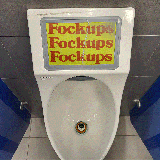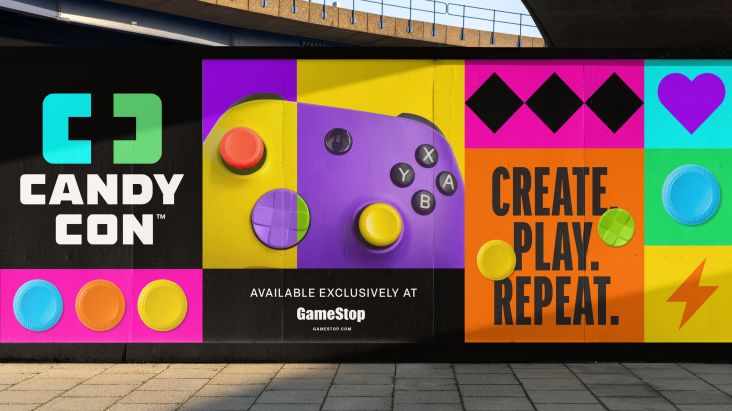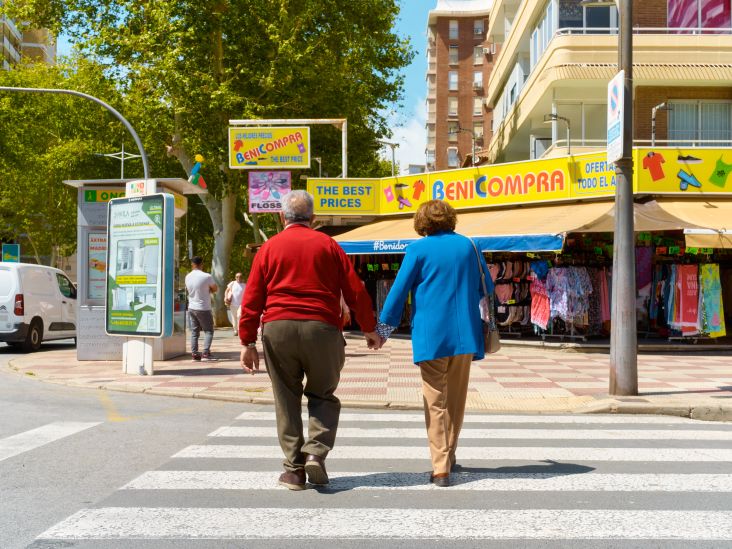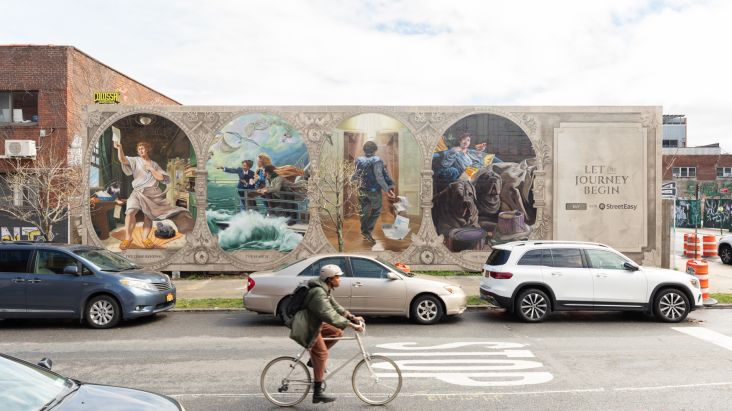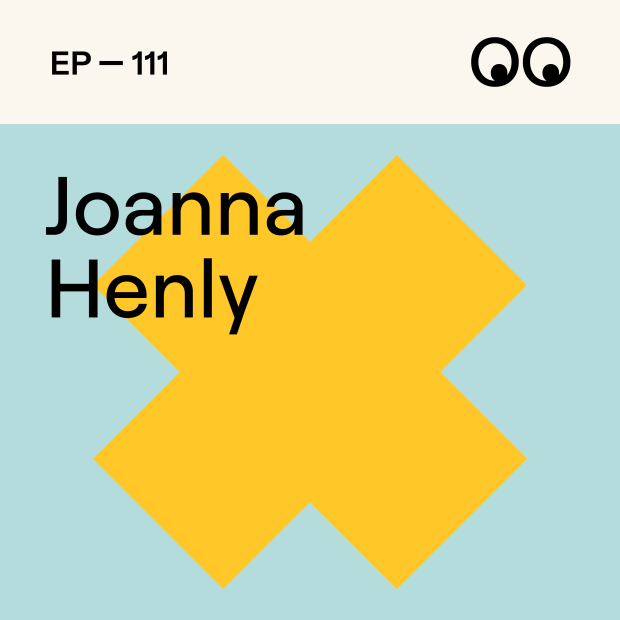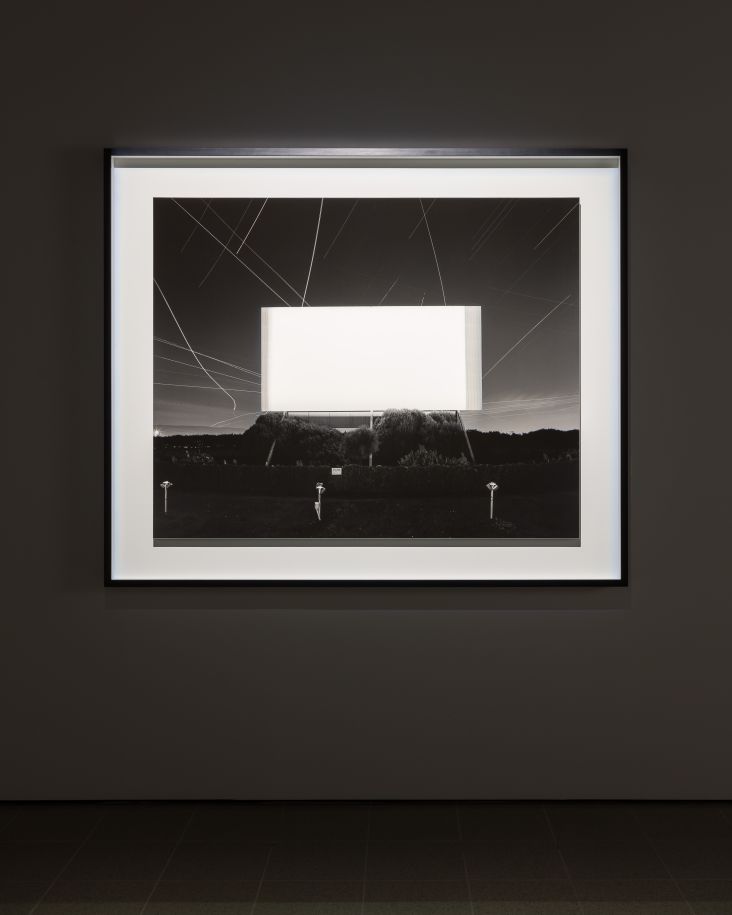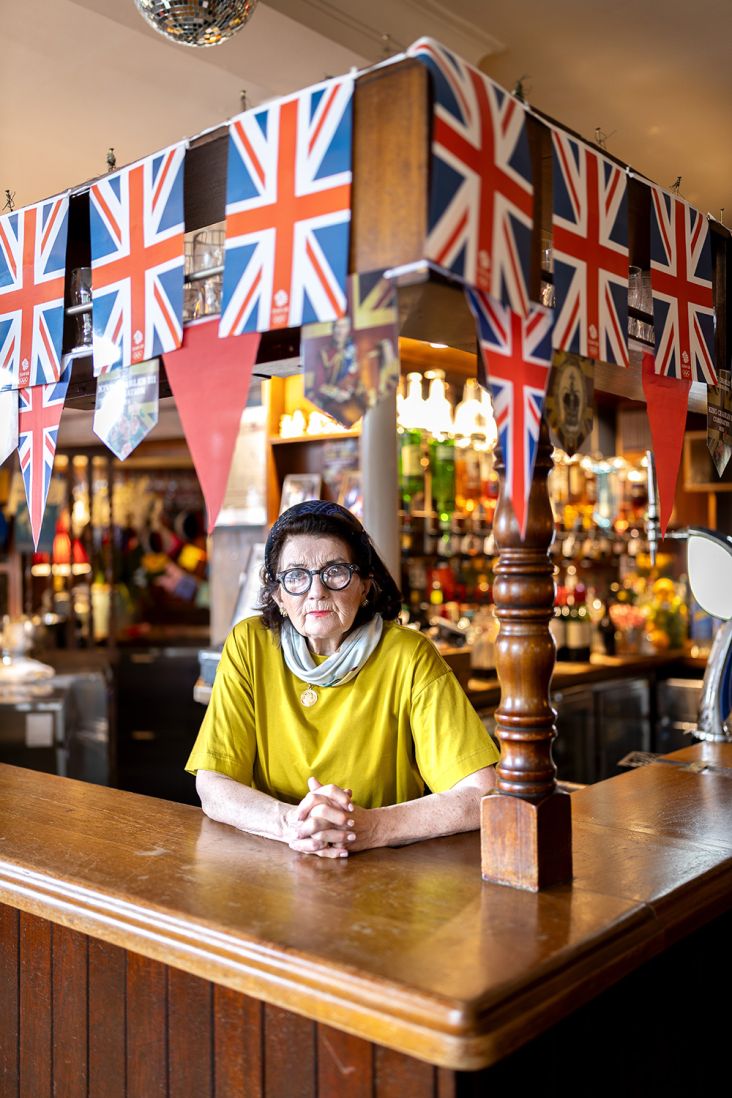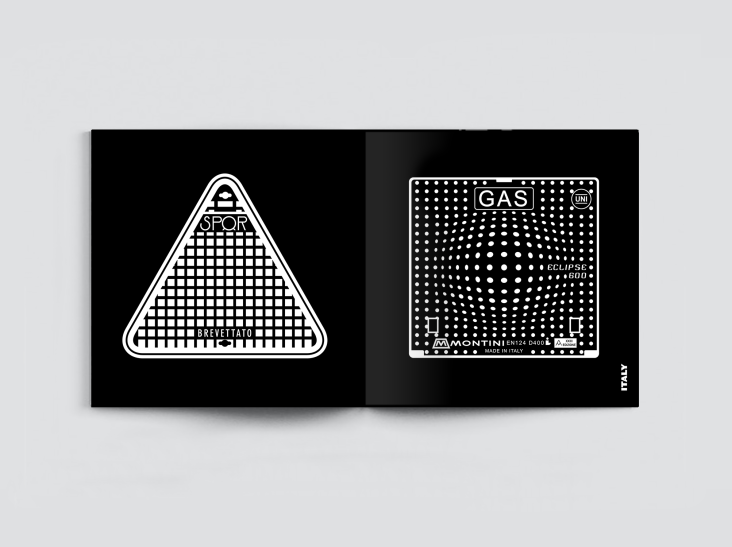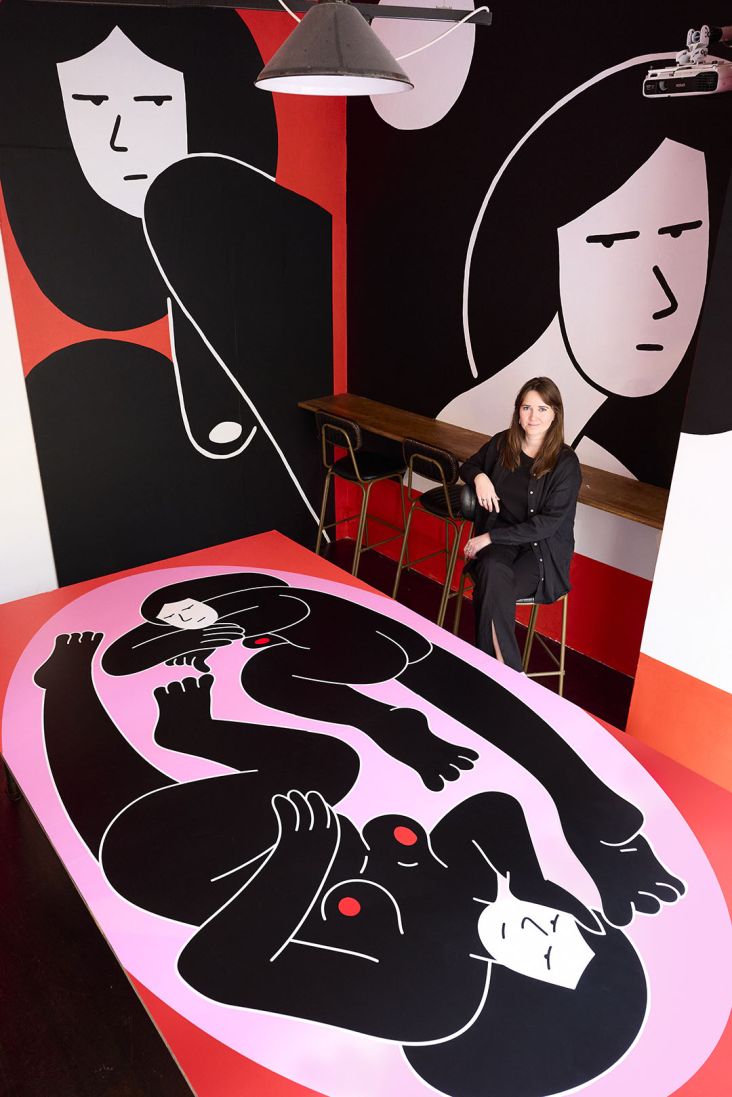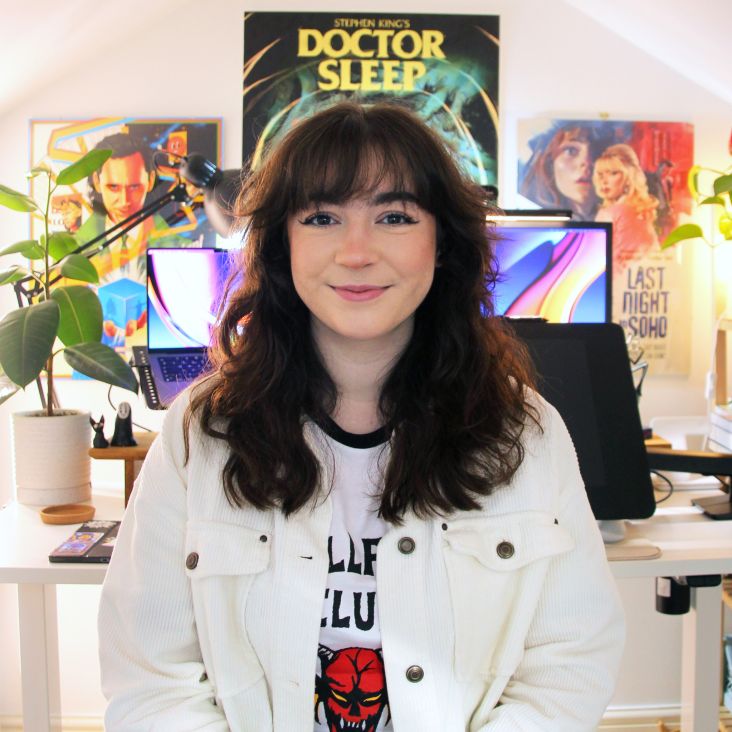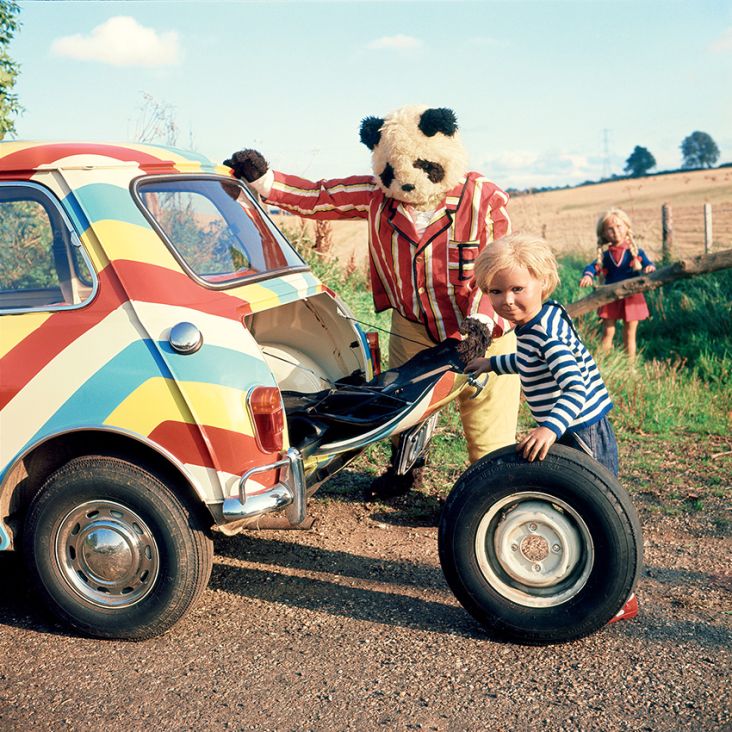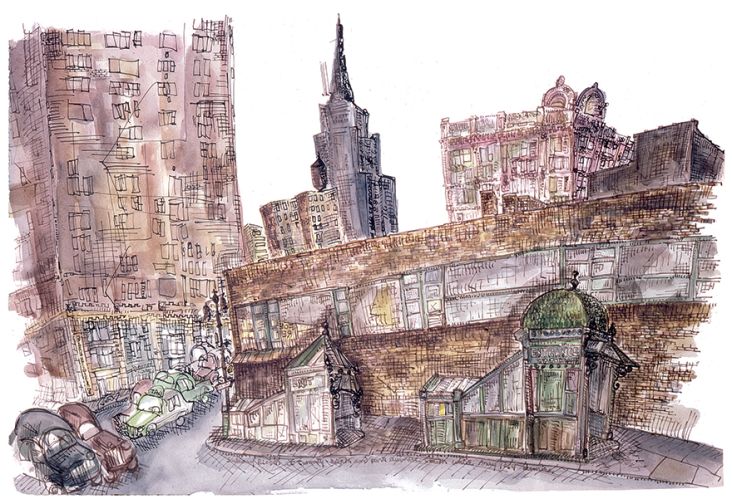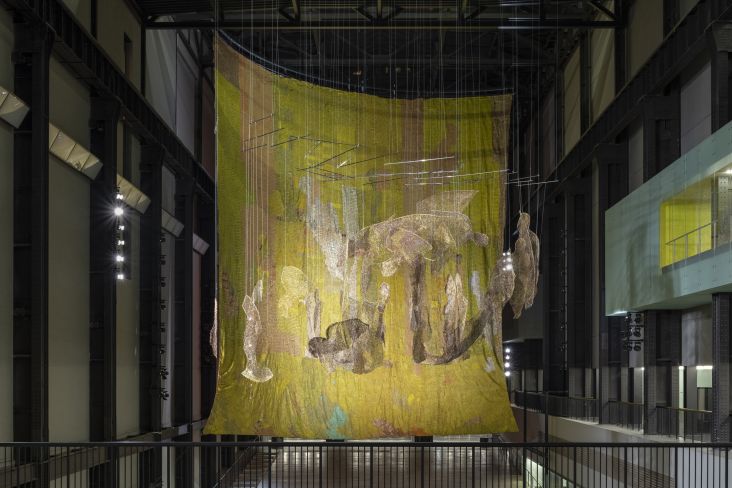WipEout: Futurism explores the cult classic video game loved by gamers and designers
It's been almost thirty years since WipEout changed the course of gaming forever. With its cool dance music soundtrack, groundbreaking futuristic visuals and addictive gameplay, it was like nothing we'd seen before. It's now being celebrated in a beautiful new book that promises a definitive illustrated history of the cult video game.
As someone who grew up with the ZX Spectrum and Atari ST, I fondly remember when WipEout crashed into our lives in the mid-nineties, just as the newly-released PlayStation graced our childhood bedrooms and, later, our student dorms. The thumping electronic soundtrack featuring The Chemical Brothers, The Prodigy and Orbital sat perfectly alongside the cutting-edge visuals and graphic design that threw you into a futuristic world of high-speed racing. It was a smoker's paradise. An anti-gravity playground of visual and audio delight. It's no wonder it gained overnight cult status, not just amongst the gaming community but with graphic designers, too.
Developed by Psygnosis, which later became known as Studio Liverpool, WipEout enjoyed club-land style branding created by Sheffield agency The Designers Republic – work that can be seen throughout the game, extending way beyond the usual packaging and title graphics. Ian Anderson and his team helped bring to life a vision of an alternative future, drawing on sci-fi iconography of previous decades to offer a strange familiarity and, in that sense, making the entire WipEout world feel entirely possible. "Our designs had to work in 'the future we were impatient for' to be credible," says Ian. "We wanted our work to exist in the approximation of the 'real' world PlayStation's technology was about to deliver."


To celebrate its cultural impact is a new book titled WipEout: Futurism by Read-Only Memory and art-directed by The Designers Republic alumni Michael C Place of Studio Build. Designed for those already well acquainted with the magic of WipEout, it's also recommended for anyone interested in learning more about a game that sits fondly in the memories of so many.
The book chronicles WipEout's vision, struggles and achievements – from first conception to future plans, in what has been described as a "distinctive union of trailblazing artwork and graphic design". Extraordinary and rarely seen concept art created for the game is beautifully reproduced throughout the book. At the same time, The Designers Republic's identity and graphics weave their way throughout the pages, making this publication a densely packed expansion to the beloved series.
It takes a serious dive into the game's visual archives and explores how the teams, tracks, vehicles and iconography came to life. There are even promotional materials and in-game photography, helping to paint a picture of the fascinating creative processes behind the game. It also includes exclusive interviews with electronic duo Orbital's Paul Hartnoll, sound designer Loïc Couthier, writer Damon Fairclough and game director Stuart Tilley, who all recount stories from those days.
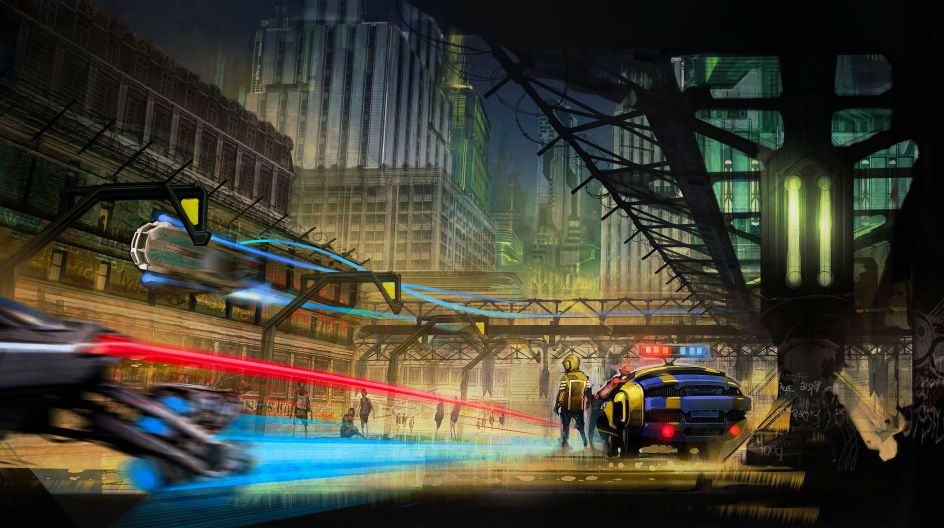
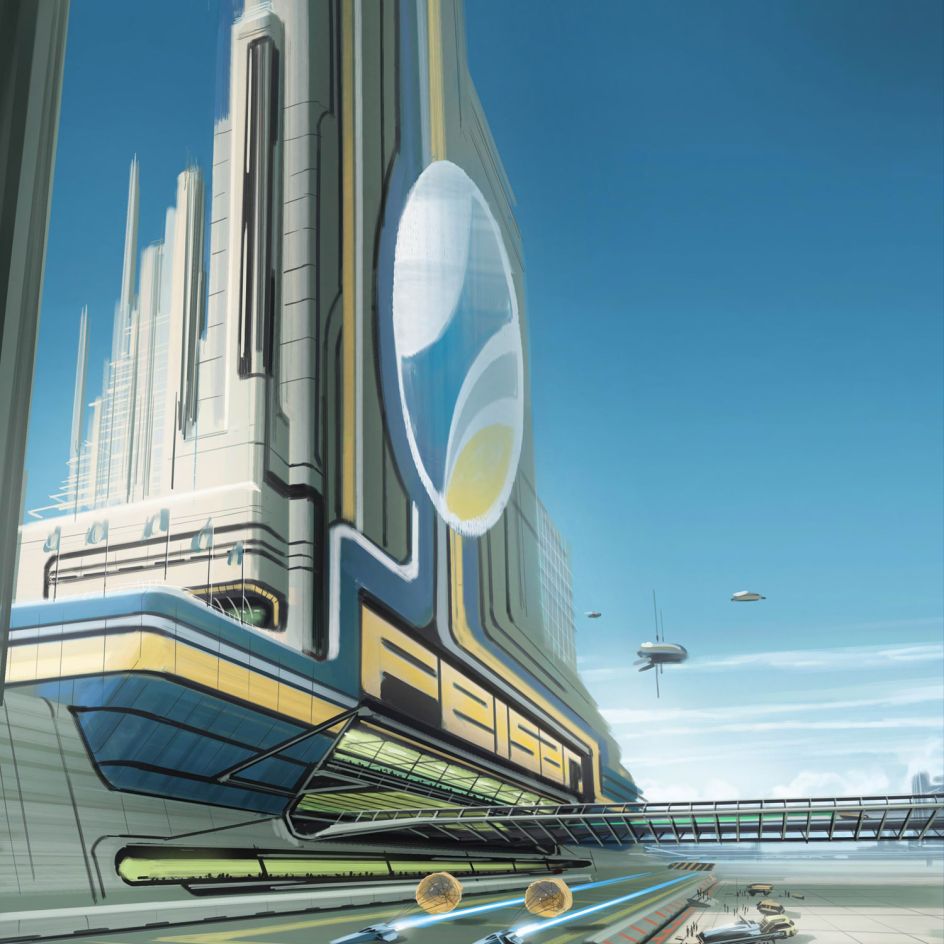

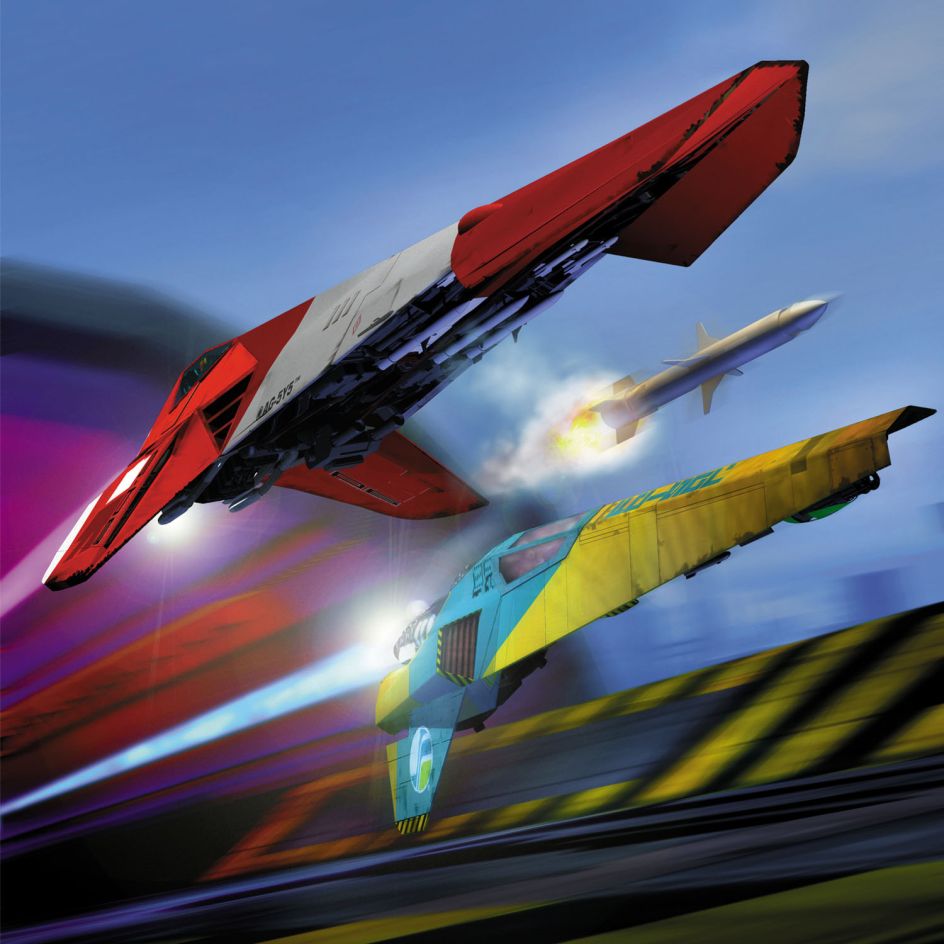
Meanwhile, the book's layout enjoys a WipEout-inspired design thanks to Michael C Place, whose graphic design roots lie in The Designers Republic during the years the game was created. It was also when he met his now-wife Nicola Place, creative partner and co-founder of Leeds' Studio Build. "A DJ saved your life? A video game saved or made mine. Beat that," Michael tells Creative Boom. "WipEout played a significant part in my life, as it would seem it did for many people. I've lost count of the times Nicky and I have spoken to people, and they've politely asked about our background. Have you heard of Wipeout? 'Oh man! Loved that game! Spent so many hours playing that! Wow!'.
"When we worked on WipEout, Nicky at Psygnosis, myself at TDR, little did we know what an impact it would make. Projects like this one don't come along that often. It was an incredible time, two studios coming together to create something amazing. Pushing boundaries that, to be honest, didn't really exist. Uncharted territory."
Michael admits that no one involved, whether TDR, Ian, Nick or himself, didn't realise how big and important WipEout would become for the studio. "I was 26 years old at the time, a little under half the age I am now. What a buzz! I went to clubs and saw the consoles there, people tripping out over the game, the soundtrack. Good T1M35."


On the making of WipEout: Futurism, Michael adds: "It's been really enjoyable working with Darren at Read-Only Memory on the book. I have been getting my 50-odd-year-old head back into that 26-year-old brain! And it's really important to Nicky and me that the book is as good as it can be (after all, that is how we met). And honour that small group of individuals who had a brilliant idea and ran with it. People who are still friends to this day. A true L3G4CY."
And now for the good stuff. In partnership with Volume, Read-Only Memory is offering WipEout: Futurism as a pre-order of 1,000 copies. This is your chance to own a version that will not be available elsewhere.
Each edition will be housed in a holofoil-stamped clamshell box with a custom bookcase design. There are eight exclusive designs to choose from, each modelled on one of the WipEout racing teams: AG Systems, FEISAR, Goteki 45, Auricom, Piranha, Qirex, Assegai and Icaras. The teams have unique founders, histories and objectives, so "make sure you choose wisely".
Founded in 2012 by Darren Wall, Read-Only Memory publishes beautiful books on video games and their surrounding subcultures. WipEout: Futurism is his latest creation. "Working in the creative industries for over twenty years now, I'm still amazed by how many people I've met who cited WipEout as the inspiration for them wanting to become a graphic designer," Darren tells Creative Boom. "First playing WipEout – and poring over its branding and packaging by The Designers Republic – really felt like being connected with the near future... the WIpEout look mixed classic sci-fi iconography, modular type, and dance music aesthetics.
"Given the game was aimed at teenagers, most of whom had very little previous exposure to anything like this, it quietly blew the minds of a generation of unsuspecting gamers and created a new wave of image makers, musicians and video game creatives."
Pre-order your own copy of WipEout: Futurism today. And don’t forget to choose your own cover. We'll take the Goteki 45 one, please.




